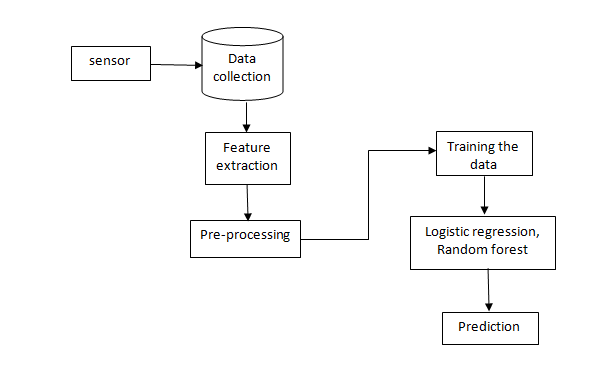Design of Sensing Soil Moisture Content By Auto Irrigation System
Objective
The main objective of this project is to develop an intelligent system that solves most problems related to irrigation and agriculture such as controlling and saving both the water and electricity, increasing agricultural production using small quantities of water, minimize manual intervention in watering operations with increasing watering speed, preserving plants from fungi, and finally, easy to use.
Abstract
An analysis of soil moisture readings is a good way to determine when and how much to irrigate no matter irrigation method. Soil moisture monitoring provides detailed information about the soil moisture status, to know which crop should irrigate in that field. Irrigation scheduling through soil moisture analysis improves efficiency and can lead to improved quality, yield, and profits. Soil moisture measurement makes it easier to manage many irrigation issues. To be effective, sensors must be placed in field that will accurately represent how the field or area is wetted by the system. By using the soil moisture values through sensors we will classify that which crop should irrigate in that field by using machine learning algorithms.
Keywords: Irrigation, Soil, Moisture, Machine Learning, Classification, Crops, Random Forest.
NOTE: Without the concern of our team, please don't submit to the college. This Abstract varies based on student requirements.
Block Diagram

Specifications
HARDWARE SPECIFICATIONS:
- Processor: I3/Intel
- Processor RAM: 4GB (min)
- Hard Disk: 128 GB
- Key Board: Standard Windows Keyboard
- Mouse: Two or Three Button Mouse
- Monitor: Any
SOFTWARE SPECIFICATIONS:
- Operating System: Windows 7+
- Server-side Script: Python 3.6+
- IDE: PyCharm
- Libraries Used: Pandas, Numpy, sklearn, Flask, Matplotlib.
Learning Outcomes
- Importance of Supervised & Unsupervised Learning.
- Scope of soil moisture detection.
- Use of Logistic Regression.
- What are ensemble techniques.
- Importance of Pycharm IDE.
- Working of Random Forest.
- Understanding Decision Tree.
- Process of debugging a code.
- The problem with imbalanced dataset.
- Benefits of SMOTE technique.
- Input and Output modules
- How test the project based on user inputs and observe the output
- Project Development Skills:
- Problem analyzing skills.
- Problem solving skills.
- Creativity and imaginary skills.
- Programming skills.
- Deployment.
- Testing skills.
- Debugging skills.
- Project presentation skills.
- Thesis writing skills.





 Paper Publishing
Paper Publishing
